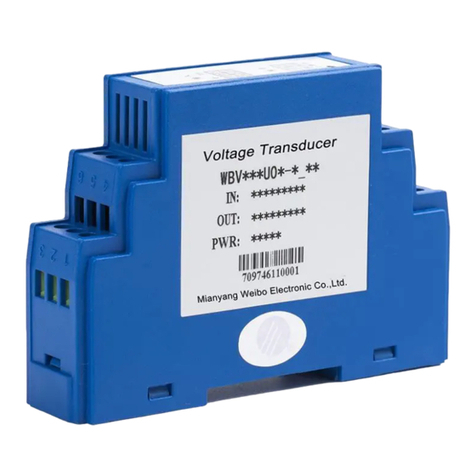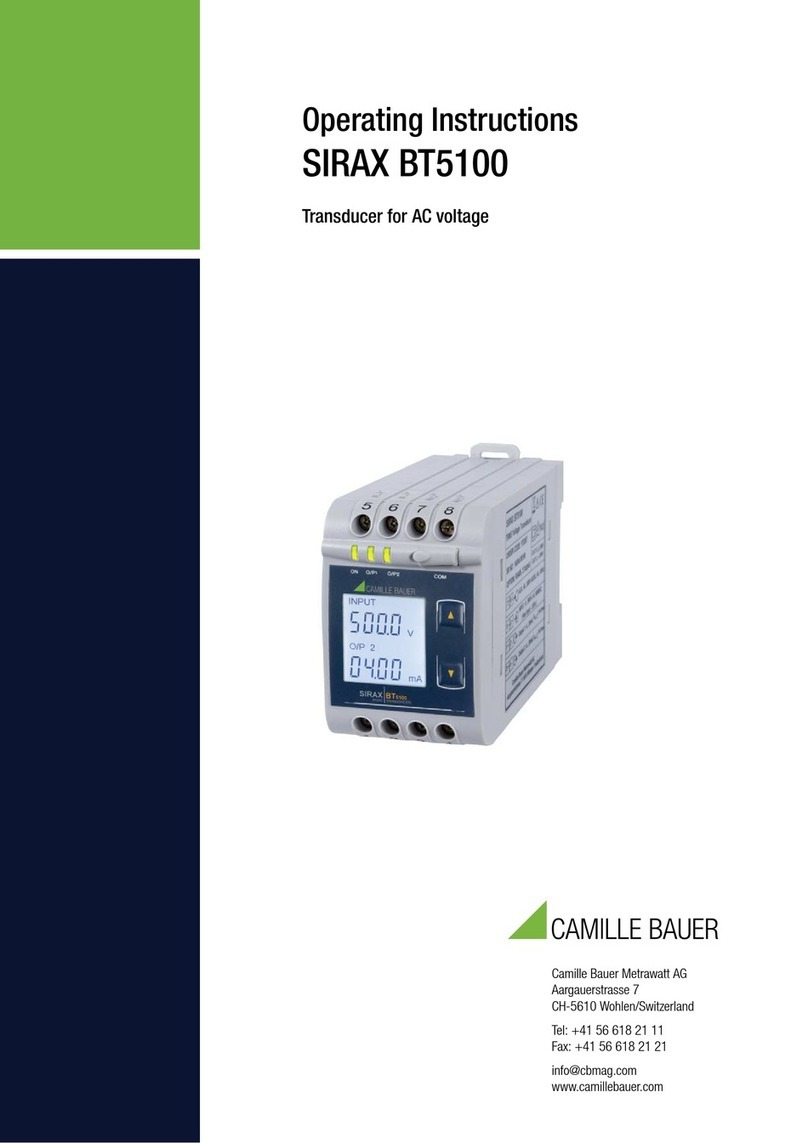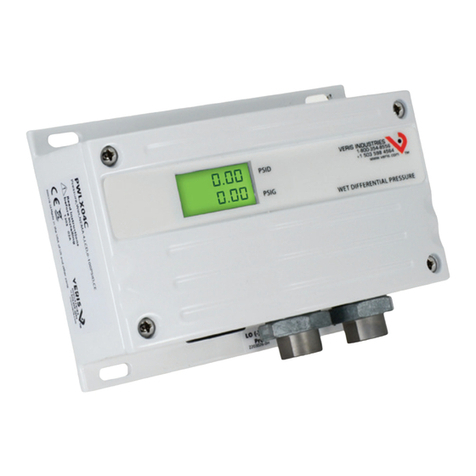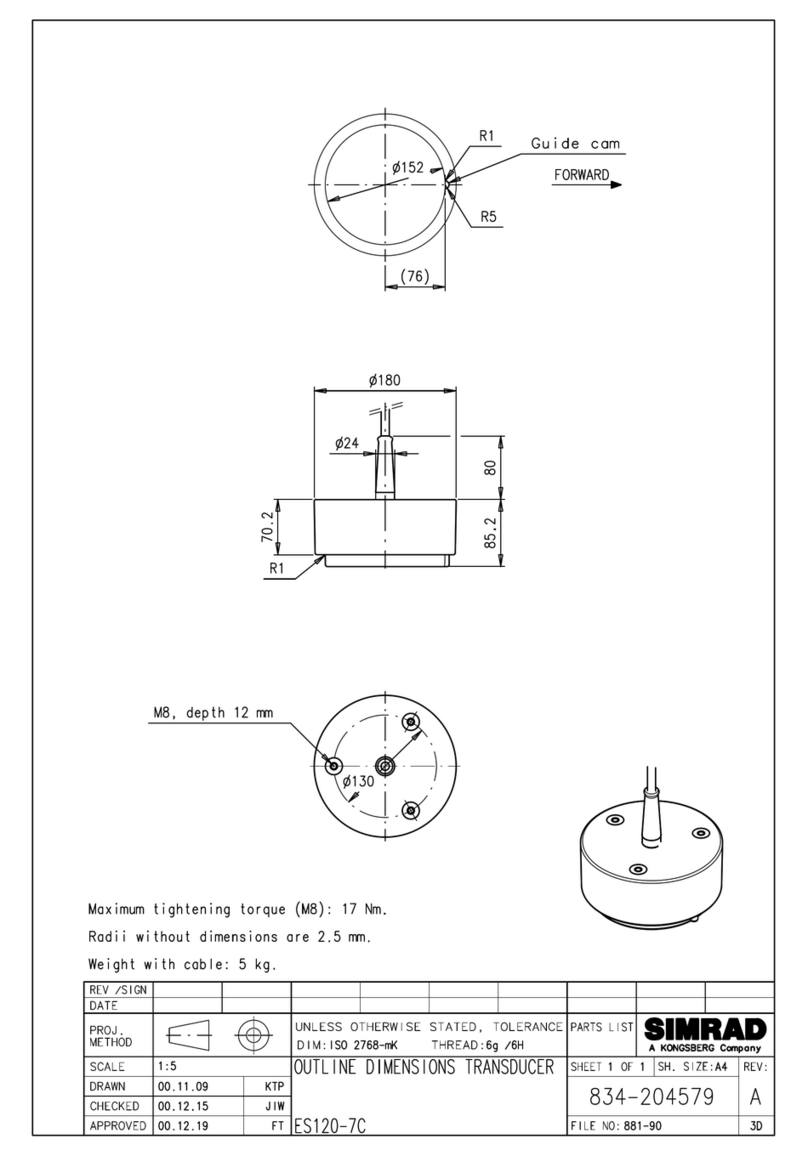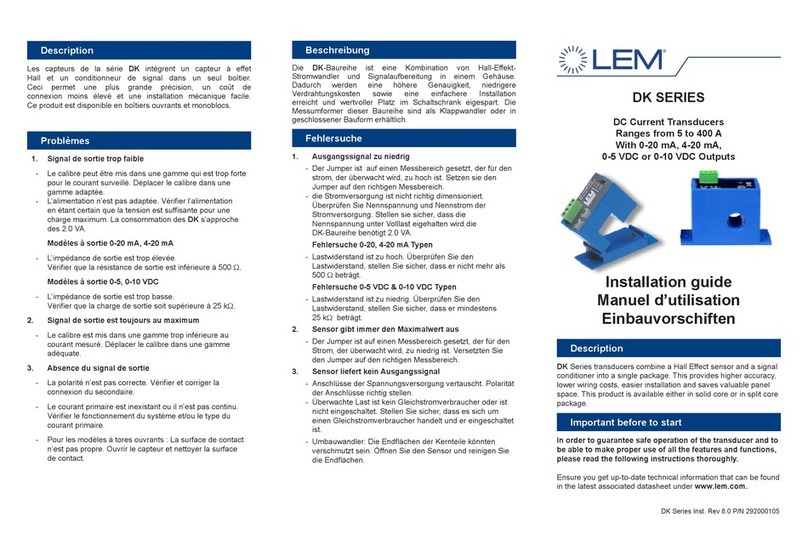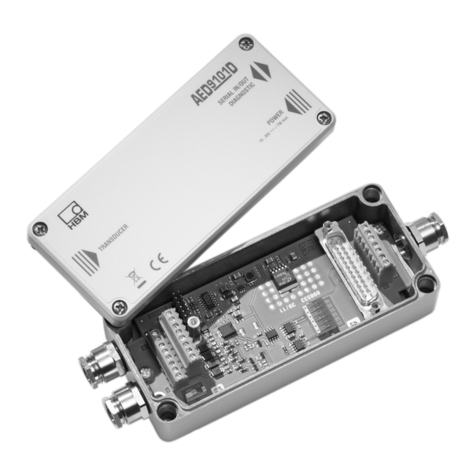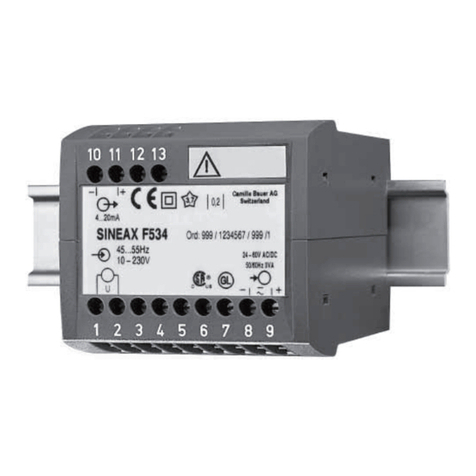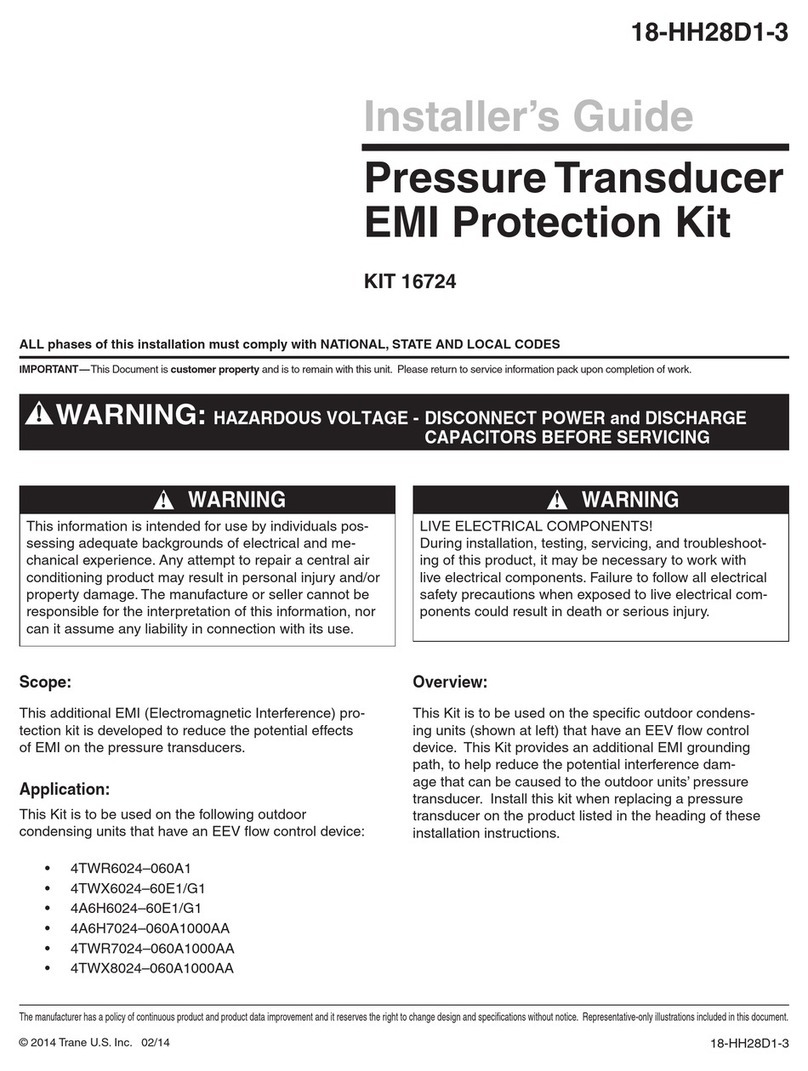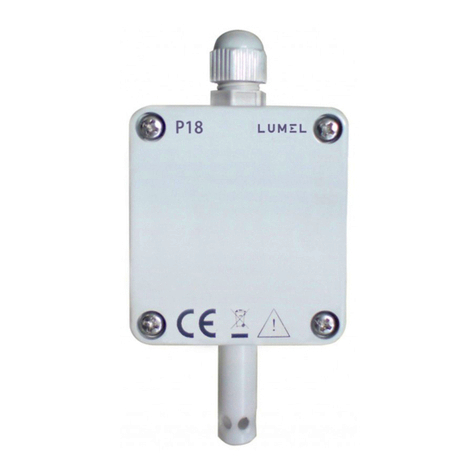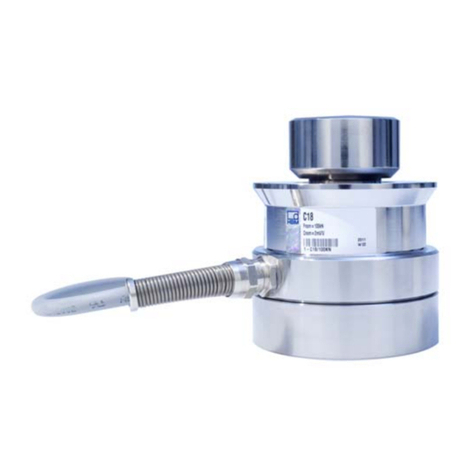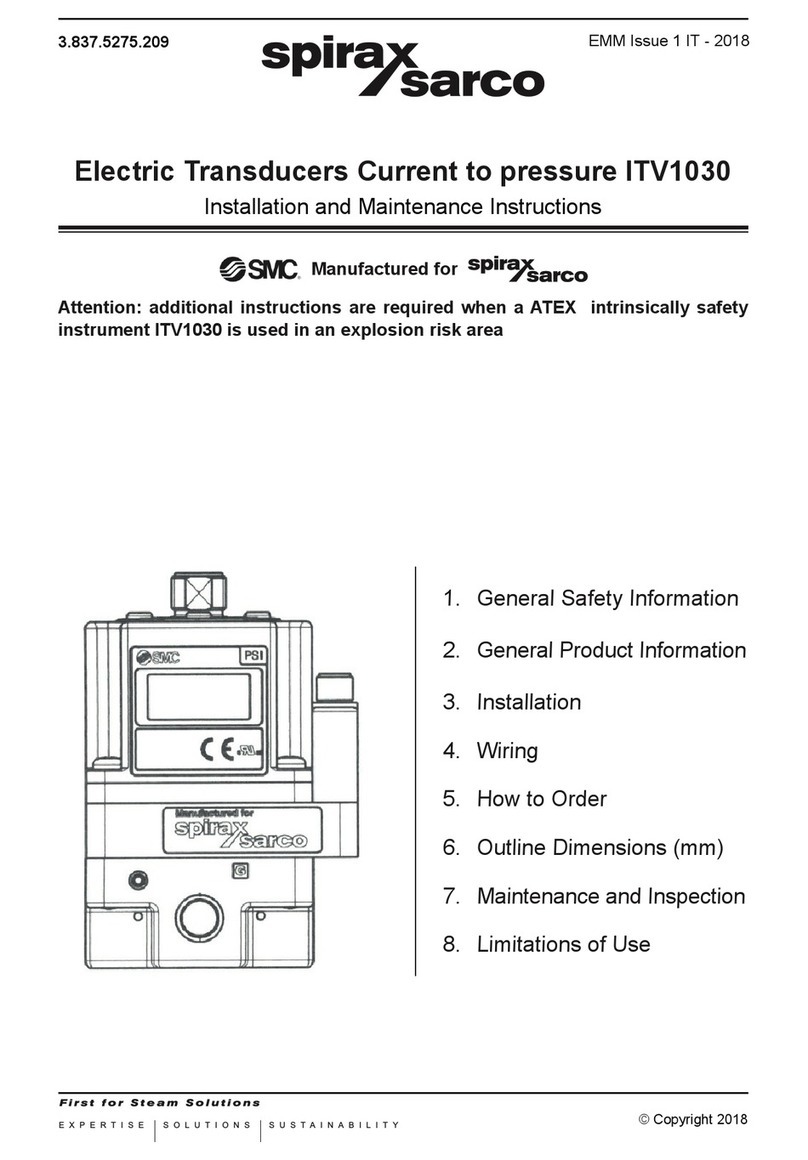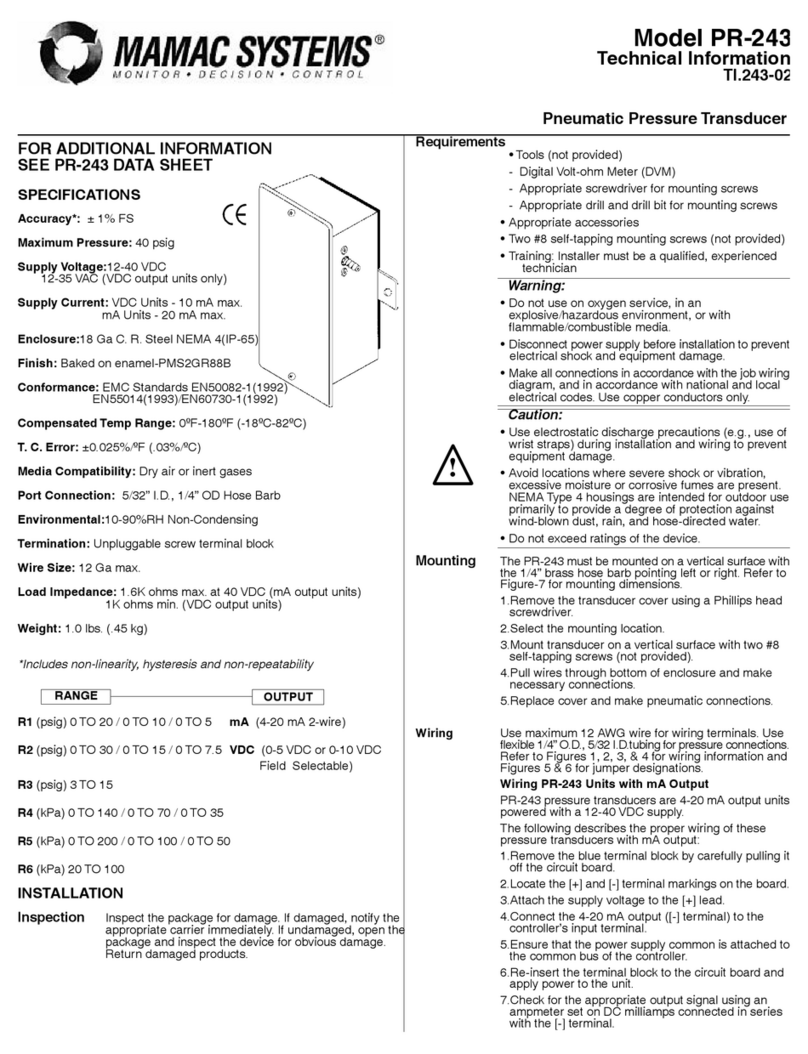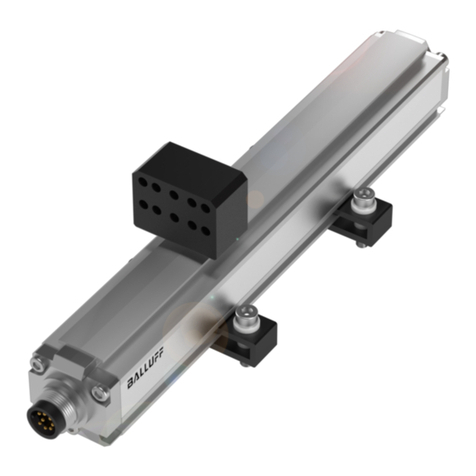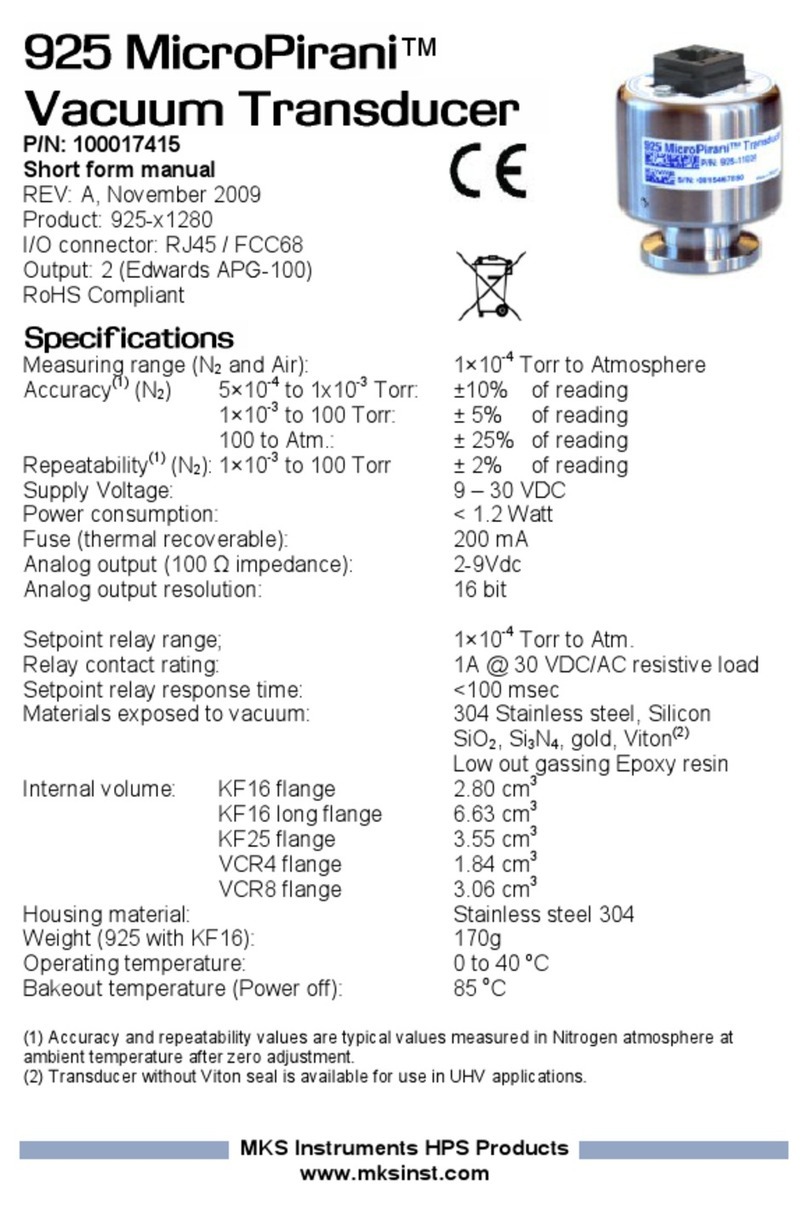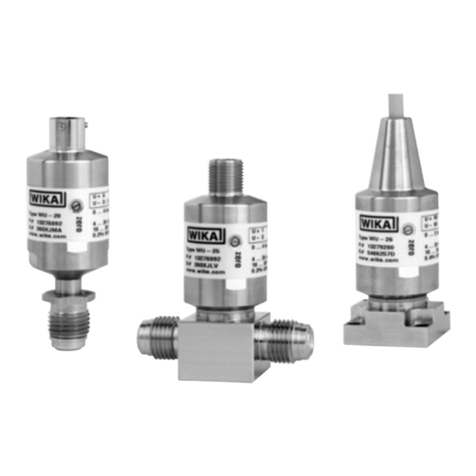
çConsilium
SAL R1E Installation of bottom parts and transducers Art No. 5413105A01
4 (16)
2. Transducer location requirements
1. To achieve the best performance of the R1E system, special care must be taken to find the
best area in respect of water streaming under the transducers. The transducer location
SHOULD BE REVIEWED AND COMMENTED BY CONSILIUM MARINE &
SAFETY AB in terms of the hydro-dynamical conditions, otherwise the guarantee for the
log system will not be valid. Early discussions on transducer location with drawings are
always recommended. The hydro-dynamical review given by Consilium only concerns the
above requirement and not the inside design, such as installation height, access to closing
valve or any inside obstacles that might occur and jeopardise the function or maintenance.
For more detailed installation advices please refer to the complete manual.
2. The SAL R1E mounting set should be installed in the foremost part of the vessel as close
as possible to the keel line.
3. The
SAL R1E mounting set should always be installed perpendicular to the ship’s
horizontal plane.
4. The SAL R1E mounting set and transducer cables are not intended for submerged
mounting in a water filled tank. If no other alternative is available a separate watertight
(W.T.) compartment must be arranged housing the SAL R1E mounting set with
transducers. The cables must be run in a watertight pipe conduit connecting directly from
the W.T. compartment to free/dry space where the R1a Speed Log electronics unit (ELC)
and Echo Sounder junction box are normally installed.
5. The compartment in which the transducers are installed may be sealed by a manhole or
hatch but the compartment must always be accessible for service.
6. The transducer cables must not be permanently installed in case of service or replacement
of a defective transducer. Extra cable length shall be coiled.
Do not cut the cable! Warranty is void if cable is cut.
7. Sufficient headroom must be available at the SAL R1E mounting set position to allow for
its fitting and removal/maintenance (see drawing for appropriate bottom part).
8. On tankers the SAL R1E mounting set location is not to be within the EX–area. The
transducers must never come in contact with cargo oil.
9. The R1a Speed Log transducer cable shall run directly to the R1a ELC and must never be
cut off, shortened, extended or by any other mean passing a junction box!
10. In the vicinity of the transducers’ location, the outside of the vessel must be free from
sudden projections, welding joints, steps and sharp edges. Special care must be taken that
no obstacle occurs in the forward vicinity of the transducers. Such conditions will cause
water turbulence, which may give unreliable speed readings from the Speed Log as well
as distorted depth measurments from the Echo Sounder system.
11. Water inlets and outlets may disturb the water flow. Therefore, the transducers should be
located at least 2 m forward of such openings.
12. The transducers (sensor elements) must always remain submerged, even with a minimum
draught in heavy seas.
